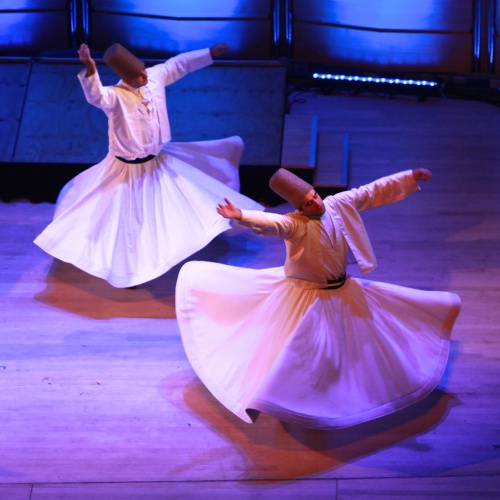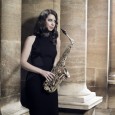Whirling dervishes may not commonly be associated with the baroque chamber repertoire, but the versatile Brandenburg Orchestra invited a troupe from Southern Turkey to tour Australia as part of its project to explore the musical traditions of other cultures across the 16th, 17th and 18th centuries.
Combining with the superb Brandenburg Choir, the Brandenburg Orchestra’s current Ottoman Baroque program features musicians from Turkey, Dancers and Musicians from the Greek World, and – but of course! – hypnotically whirling dervishes to complete the evening.
Another unusual feature of the program is its narration by Alan Maddox, lecturer in Musicology at the Sydney Conservatorium, who reads from biographies of the composers, letters from the period and verses from Rumi. His gentlemanly fireside manner evokes the aristocracy who could afford to travel Europe in the pre-modern era. References include the redoubtable Lady Mary Wortley Montague, wife of the British Ambassador to Turkey, whose letters from 1716-18 are considered some of the best travel writing in the canon; and she is credited with being one of the first journalists to record the Sufi dervishes.
The first half of the program tracks across France, Germany and Italy to Spain in a loosely chronological order, from the early 16th century to the end of the 18th century. Composers include the familiar names of Lully, Telemann and Boccherini, with the stand-out for me being Allegri’s exquisitely lachrymose Miserere, in which the lead soprano’s seemingly infinite range brought to mind that lovely expression, ‘a feather on the breath of God’. Boccherini’s Fandango from his Quintet for Guitar and Strings in D Major, brought the first half to a more cheerful and sensuously worldly close, accompanied, or perhaps more accurately dramatised, by the castanets and flamenco of one of the Dancers of the Greek World. (Sadly this impressive percussionist and dancer doesn’t seem to have been individually credited in the program.)
The second half of the evening features the Mystic Musicians of Turkey and Musicians and Dancers of the Greek World. Here the vocal intricacies of the Greek and Turkish singers, with their traditional instruments and folk repertoire, set a convivial tone, with shades of the tavern building from the exuberant Boccherini prior to intermission. Despite its lightness and diversity, a delicate continuity emerged within the program between the spiritual lament of the Miserere and the quiet supplications of the dervishes at the close, turning and turning in precise, unwavering circles, to transport, it was said, the soul, upward to God.
From the deliciously stylish opening of Lully’s Marche pour la ceremonies des Turcs, to the tender incantations that accompanied the dervishes, this was an entrancing and delightful introduction to the complex character of Eastern music and dance. It was also a timely reminder of the synergies between sacred ritual and performance, equally important to the religions of east and west.
A simple request by the whirling dervishes troupe, Samazen, for the audience not to applaud at the end of the concert, produced a powerful effect as their meditative grace suffused the theatre; and this reviewer, for one, left quietly for home feeling slightly blissed out.
Ottoman Baroque performs at the City Recital Hall until October 31.




